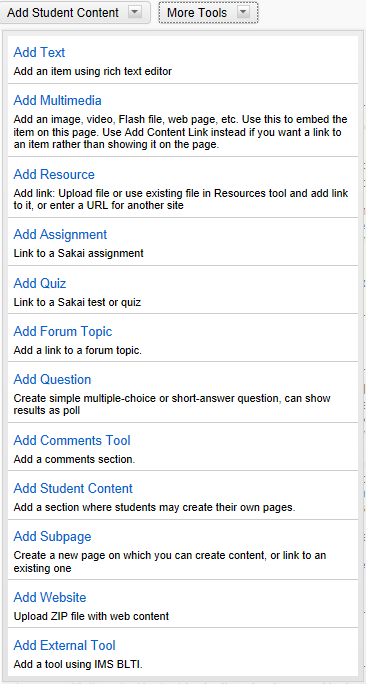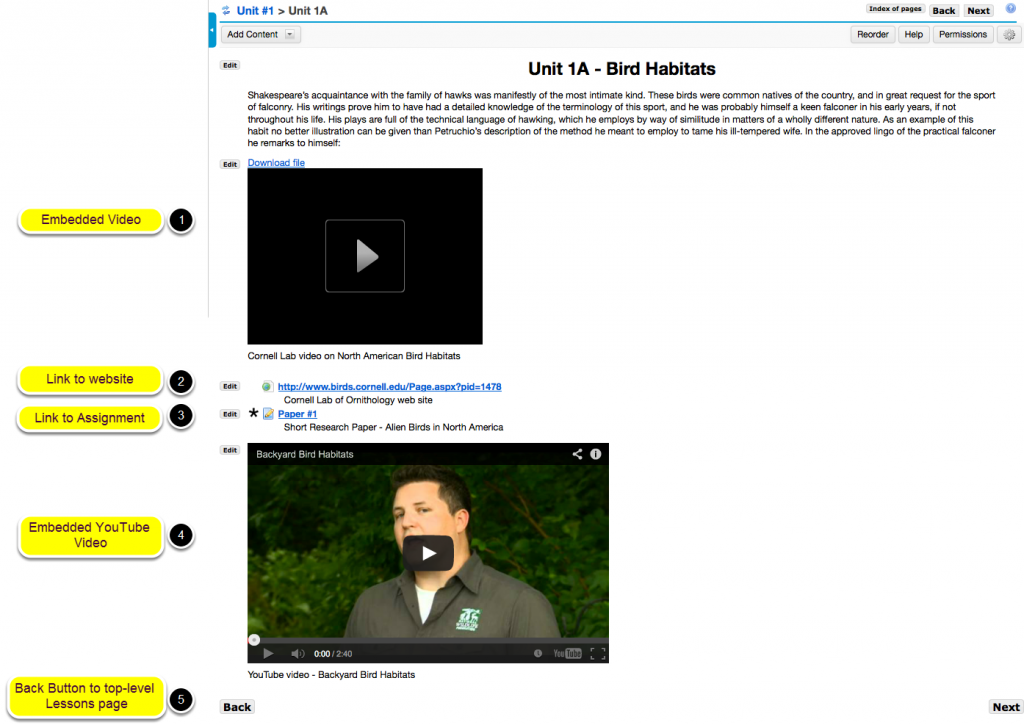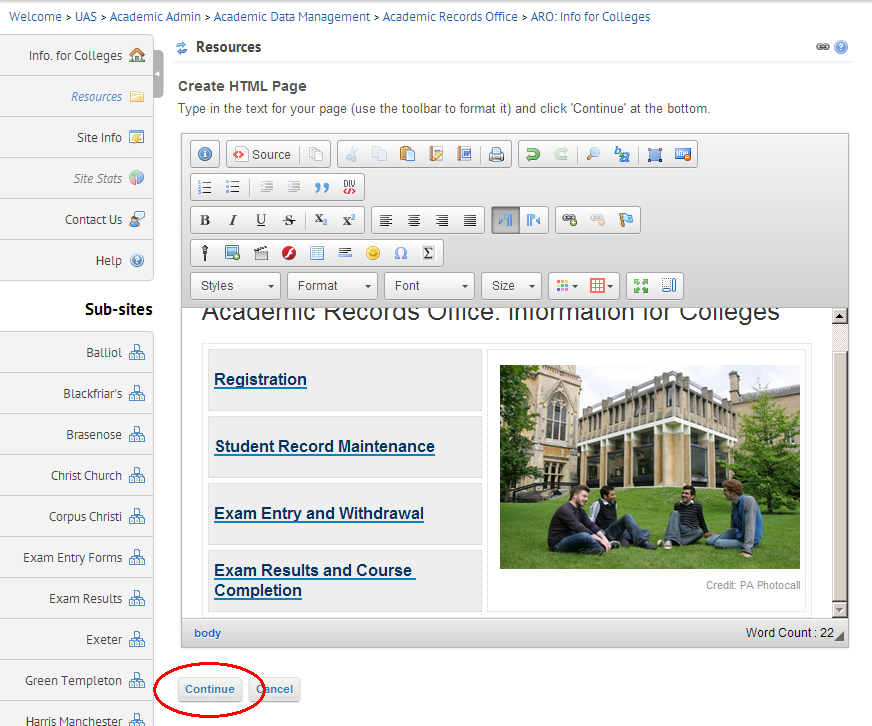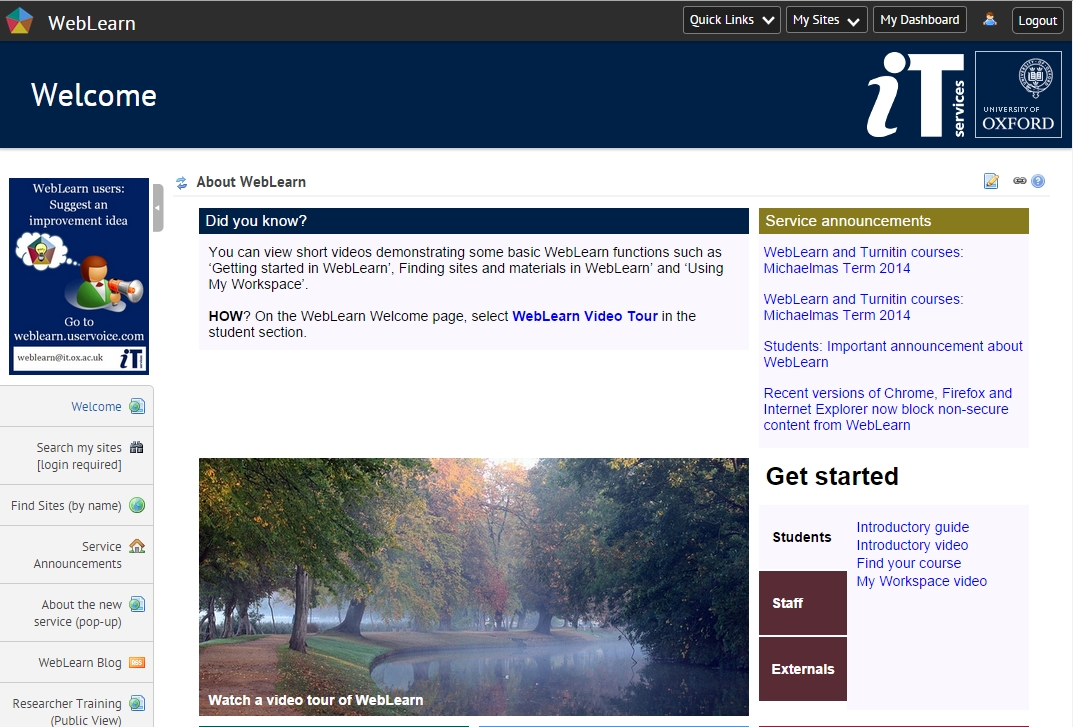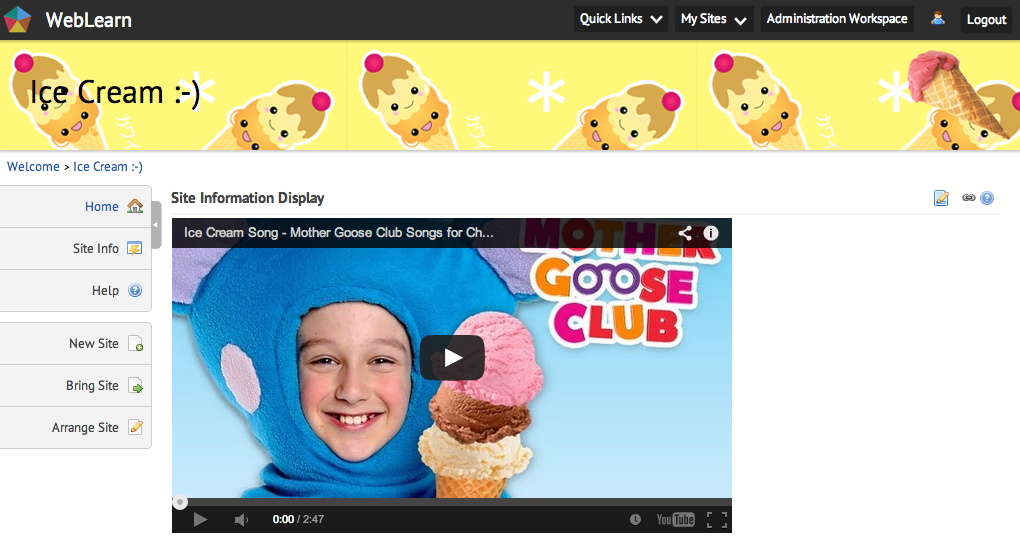Here is a collection of the highlights from the ALT-C Conference held at the University of Warwick, 1-3 September 2014.
Keynote: Jeff Haywood
(Quote Jeff Haywood: “We JUST NEED a lot more leaning designers/technologists, and they must work as a team.”)
See “Learning technology and groundhog day” – Terry Mayes (1995) – hype of technologies and not much happens. Patience and persistence are important.
See Horizon Report 2014:
- One year or less: Flipped classroom; learning analytics
- Solvable challenges
- Low digital fluency of faculty
- Relative lack of rewards for teaching
- Difficult challenges
- Competition for new models of education
Keynote: Catherine Cronin
We can ask students – how do you work online, what tools do you use, what could we use together in this class, do we want to try a new tool together? E.g. Kahn Academy videos
Keynote: Audrey Watters
Google – Ngram viewer – shows use of a particular word over the years, e.g. ‘luddite’.
Working with academics in terms of learning design
Univ of South Wales: Wales OER strategy: Champions networks – focus groups to get going
Univ of Manchester Library: Rapid development of e-learning resources. Search: My Learning Essentials (see example on proofreading etc.)
Challenges
- Getting the time of Subject Matter Experts
- Appreciation for expertise
- Avoiding an info dump
- Managing feedback from Subject Matter Experts
Univ of Northampton (winners of team award for learning technologists of the year): streamlining design and structure of VLE courses:
- Quality matters
- JISC QA/QE
- Ed’burgh Napier’s framework
They employed a VLE administrator – liaison point. Copy material across for staff to new site. Admin side of supporting academic staff. What can we do to support you?
Foundation template (bronze)
- Jan 2012: they came up minimum standards – quality checklist (double sided doc) – they will post it online
- Rubric used in the creation of the new VLE sites
- Contextual help for tutors
- Positive feedback from students – “transparent, readable materials”
- Less confusion for students
- Accessibility benefits
- They are mentors for staff, encouraging them to use the new template
Univ of Liverpool:
VLE minimum standards to avoid student dissatisfaction
Univ of Nottingham, School of Health Sciences:
Used Laurillard’s conversational framework.
Collaborative curriculum development: worksheets and cards – opens up a conversation, in a workshop. Used Ulster’s set of cards to facilitate workshop: http://jiscdesignstudio.pbworks.com/w/page/60261367/Curriculum%20Design%20at%20the%20University%20of%20Ulster
Dave White: School pupils are developing independent learning habits – find the quickest and easiest way to get their homework done. These are the seeds of the skills we want them to develop. They’re almost self-identifying themselves as digital natives – “we’re good at this; we can do this now”.
London Met: Create a group of digital ambassadors – create resources with us. Workshops with digital ambassadors – pay them something.
- Conversation between staff and students (think about WebLearn ambassadors)
- Use the students’ enthusiasm to attract lecturers into the dialogue and re-evaluate their practice.
- Get students and staff into the partnerships. Create a focal point for dialogue… students are enthusiastic and they want to get involved. Want to talk to their lecturers.
How do you share good practice? See website: LondonMet e-learning matrix. (Staff point of view)
University of South Wales: Podcasts of learning technologists interviewing academic staff and providing hints and tips:
‘Electric Sheep’ – 16 episodes, one hour long. Big international audience. Engage with and learn from staff and students.
http://electripsheepshow.tumblr.com
Two parts: team members each discussed a new website or tool; move on to an interview, discussion section with a new topic each week. How they use tech in their field, which tools they use, how they felt about the use of tech. Pick a particular task or problem that they wished tech could solve, then we came up with a tool to solve it. What they were using and why they were using it – go the participants re-engaged and re-excited.
Learner analytics (LA)
CETIS – Centre for Educ Tech and Interoperability Standards
- See Cetis conference, June 2014 (good list of issues to consider)
- Learning Analytics Community Exchange (LACE)
- Greller, W. & Drachsler, H (2012). Translating learning into numbers: a generic framework for LA. Ed Tech & Soc 15(3), 42-57.
Lecture Capture and video
Set up a few recoding booths – for people to use themselves. Make sure the tools are what academics are used to working with – not something new they need to learn.
MOOCs
University of Southampton: MOOC on the new subject of Web Science. Done through Future Learn.
Who is behind a MOOC? Good team diagram: digital content producers, rights specialists, facilitators, educators, back end s/w developers, front end designers, CURATORS (learning designers) – overall view of it all.
University of Northampton: Open Northampton
Drivers and benefits
- Belief in openness and sharing
- Raise profile of the academic
- Raise profile of the university
- Improve quality of the material
Reflections on open practice:
- Design material with openness in mind
- Raised awareness of copyright
- DL materials development
- Reusability and transferability
Challenges
- Copyright – esp use of artwork, diagrams, tables
- Time constraints
- Concern over ‘losing control of my material’.
- Concern over ‘is my material good enough’
Archiving policy
Glasgow Caledonian Univ: recommends working on digital strategy and archiving policy. Clear process for archiving modules and making space for ongoing creation of new ones.
Tools
WordPress-based system called Sensé
Online survey tool: Polldaddy
